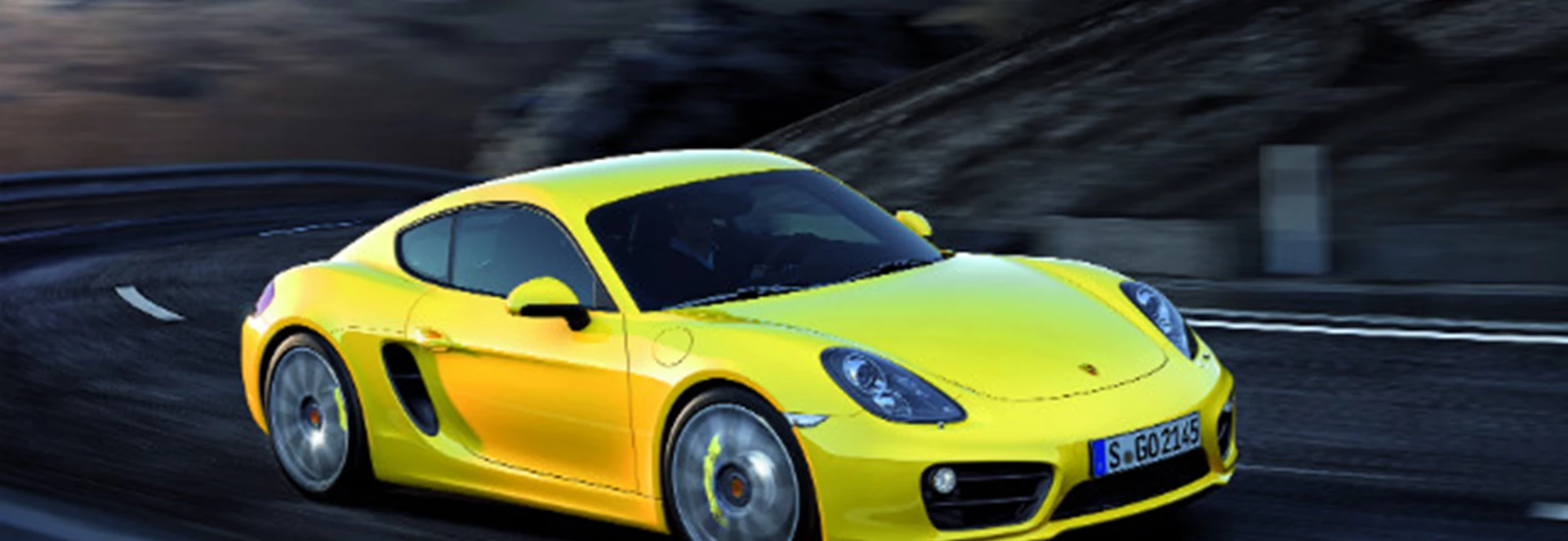While sports cars are known for being fast and fun to drive, a lot of them are also infamous for being awkward to live with day to day. Reasons can include cramped interiors, limited visibility, miniscule boots, difficulties with parking and negotiating speed bumps.
While some compromises are inevitable when investing in a fully-fledged sports car, the experience of ownership won’t necessarily turn into a horror story. In fact, some are more practical and civilised then you might think. Here’s our guide to five new sports cars available to buy now which are actually pretty easy to live with every day.
Porsche Cayman
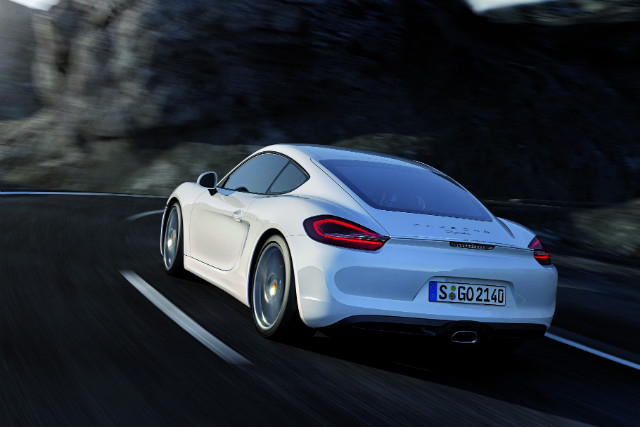
Porsches generally have a reputation for being more practical for everyday motoring compared to most other sports car makers. The Cayman is, among other things, a good example of why Porsches are considered friendly for everyday use.
The cabin may only contain two seats, but for those two passengers there’s plenty of head and legroom. Unlike with some sports cars out there, tall drivers need not fear fitting themselves into the Cayman.
Luggage space is also good, especially when compared to other Porsches like the 911 for instance. There’s 425 litres of luggage capacity for the Cayman, a total amount that would be considered pretty good by those after a car they can do weekly shopping trips in. This capacity is split between two separate luggage compartments, one under the bonnet and the other behind the mid-mounted engine.
On top of all that, the Cayman offers a classy and well refined cabin and a fast, sharp drive which is a lot of fun but not too firm either.
Find prices for the Porsche Cayman coupe
Audi TT Coupe
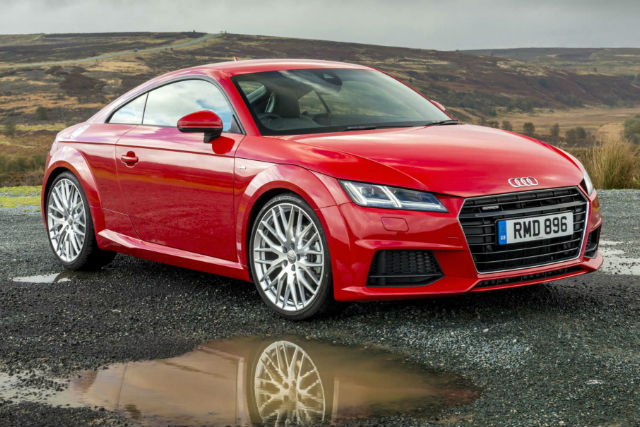
While other coupes with similar performance figures to the latest TT can feel very cramped, almost like you’re sitting in a cocoon, the Audi doesn’t really suffer from such problems.
Featuring a strong range of engines and an upmarket interior, the TT Coupe’s boot offers 305 litre of luggage which should be good enough to carry a few large bags. The TT Roadster has 25 litres less space at the back, but at least the fabric roof doesn’t affect the capacity whether it’s up or down.
Okay, so the rear seats in the TT Coupe are cramped (and you don’t get any at all with the Roadster). But this is a common situation and, importantly, the front seats are comfy and can be adjusted in all sorts of ways. Drivers of all shapes and sizes shouldn’t have too much trouble finding a good driving position in the TT.
The TT isn’t quite as comfortable or refined as a Cayman, but it’s still good to drive and a lot more user-friendly than other coupes out there.
Read our full review of the Audi TT coupe
Find prices for the Audi TT coupe
Jaguar F-TYPE Coupe
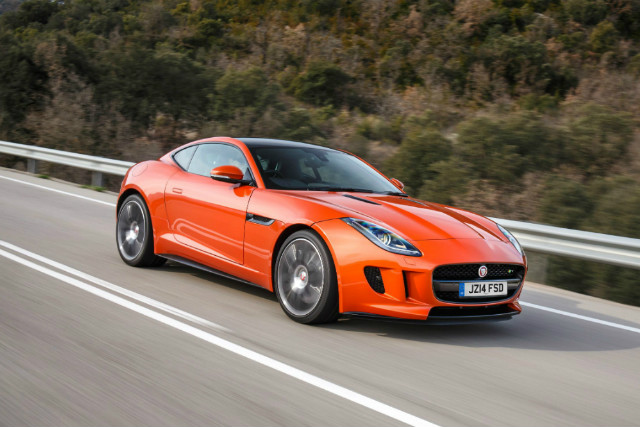
While the Jaguar F-TYPE convertible (which launched before the coupe) received criticism for having a shallow, impractical boot, things are much better with the coupe version.
In fact, the F-TYPE Coupe’s boot measures at 407 litres – that’s more than you get as standard from a Volkswagen Golf hatchback. Customers can get an optional powered tailgate as well, which will take the strain out of lifting or reaching to close what is a fairly large boot lid.
The two-seater cabin, meanwhile, offers decent head and legroom for short and tall passengers a like and the cabin has a really classy feel.
Find prices for the Jaguar F-TYPE coupe
Ferrari FF
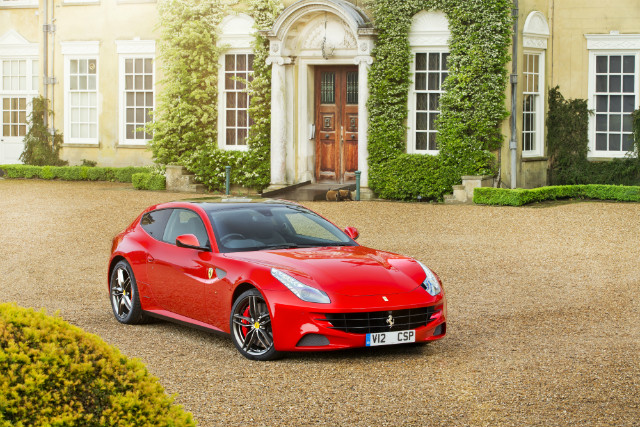
There are many positive words which Ferrari cars can conjure up, but admittedly the word ‘practical’ probably wouldn’t be one of them, at least initially.
The FF, however, really stands out next to other modern Ferrari supercars. Like other Ferraris, it is undeniably supercar fast. The FF has a 6.3-litre V12 petrol engine that produces 651bhp, leading to a 0-62mph sprint time of just 3.7 seconds.
Unlike other Ferraris, however, the FF has two rear seats which actually offer a decent amount of room for those that occupy them. The FF also has four-wheel drive which helps on low-grip roads, adaptive suspension which aids ride comfort and a sizeable boot with 450 litres as standard. You can even fold the rear seats down to increase load capacity to 800 litres.
The FF, therefore, is a unique sort of supercar with estate-like practicality but the badge and performance of a Ferrari.
Audi R8
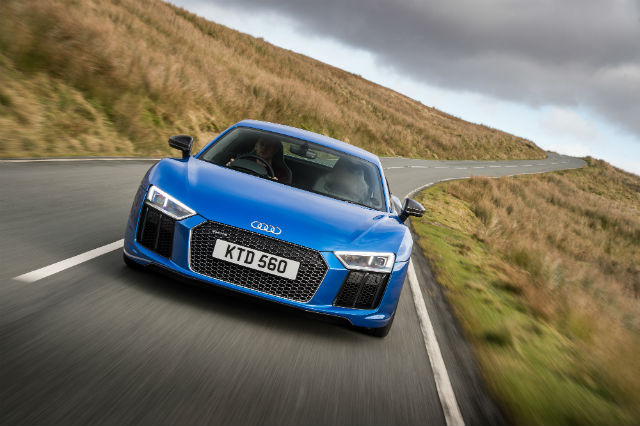
The Audi R8 is a modern-day thoroughbred supercar which has built a reputation for not only being phenomenally fast, but also impressively civilised for the type of car it is.
Sure, the V10 engine gives it plenty of oomph (532bhp at minimum) and like a typical supercar it’s very wide and usually very loud. Spend enough time actually driving the R8, however, and you’ll realise it’s not actually that scary.
Getting used to how this car behaves does not feel as complicated or as physically demanding as it can in many alternatives. The standard Quattro four-wheel drive set-up (most sports cars have rear-wheel drive) and the smooth seven-speed S tronic semi-automatic gearbox help a lot in allowing the R8 to reassure its drivers.
Also pleasing is that the interior has a quite simple design, even though there’s lots of standard luxury features, and the amount of legroom and steering wheel adjustment suits taller drivers.
The small front boot is a reminder that this is still a supercar that prioritises the drive above all else, but the R8 is still set-up in a way that it should be far from a nightmare when you need to commute through a congested city.
